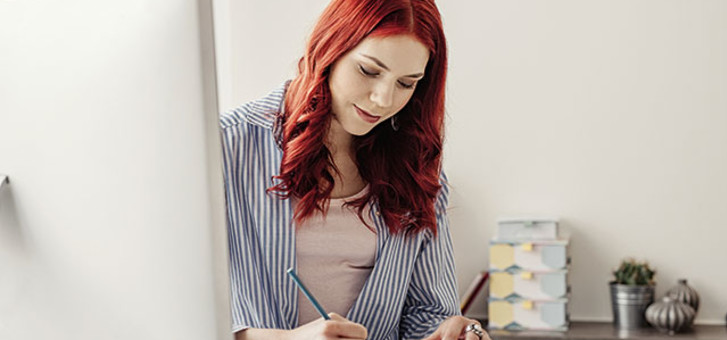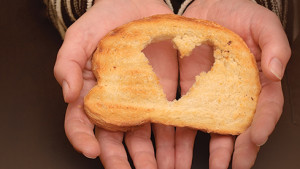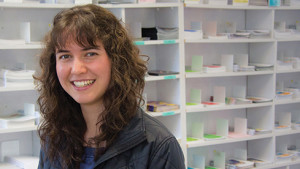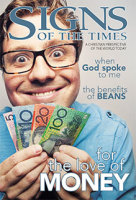It’s official. They’re not just for kids anymore.
In January 2016, seven of the top 20 Amazon bestsellers were colouring books aimed at adults. And their current wave of popularity is, at least partially, due to Johanna Basford, the Scottish illustrator who drew Secret Garden. This particular colouring book has been translated into 14 languages and has become one of the aforementioned bestsellers.
It all started in 2011 when Basford was approached by a publishing company, which commissioned her to do a colouring book for children. However, Basford suggested the book be aimed at adults instead.
“Colouring books for adults have been popular for some time, but it was a fairly underground hobby. . . . Now it’s become far more mainstream,” she said.
“Far more mainstream” is an understatement.
“We’ve never seen a phenomenon like it in our 30 years of publishing,” Lesley O’Mara, managing director of British publishers Michael O’Mara Books, told The New Yorker. “We are on our fifteenth reprint on some of our titles. Just can’t keep them in print fast enough.”
John Purcell, chief buyer for Australian online bookstore Booktopia, commented to Business Insider Australia, “Even publishers who would never have thought to publish the like before are sending books to print.” And he doesn’t think the hype will fade anytime soon.
Just what is so appealing about the art of grown adults colouring-in? We may think it’s a relatively recent activity. But psychiatrist Carl Jung prescribed colouring to his patients in the 1900s. Jung reasoned that he could gain new insights about his patients based on the colours that they chose to use. For example, introverts and extroverts tended to choose different colours: blue and red respectively. He was fascinated with colour symbolism and the association of different colours with various personality traits.
But colour symbolism isn’t the reason so many people are drawn to this hobby today. It’s more commonly touted as a form of stress relief, another view that Jung supported. Each morning, he spent time sketching mandalas, the geometric shapes that often feature in adult colouring books today. He believed that mandalas offered people the opportunity to express their innermost selves as well as focus and calm their minds.
Focus and calm are an important message for our increasingly stressed society. An annual survey conducted by the Australian Psychological Society found that Australians’ anxiety symptoms in 2015 were the highest they had been in the five years of the survey. The survey also looked at the types of activities people were engaging in to cope with their stress: drinking alcohol, gambling, smoking and recreational drug use.
It’s a vicious cycle, considering that personal finances were named as one of Australia’s biggest sources of stress. In turning to activities such as drinking alcohol and gambling to cope with the mental and emotional strain they are facing, people are further negatively impacting their personal finances and thus actually aggravating their problem. In contrast, colouring offers stressed adults an affordable and risk-free type of stress therapy.
“[Colouring] ultimately has a really calming effect over time,” clinical psychologist Dr Ben Michaelis explains to Fox News. “Because it’s a centring activity, the amygdala, which is the part of the brain that is involved with our fear response, actually gets a little bit of a rest.”
Michaelis practises what he preaches, using colouring books as an opportunity to connect with his family on Friday nights. “We do it on Fridays as a way to kind of take out the steam of the week,” he says.
In Australia, colouring books are even entering the workplace with corporations like ANZ Bank, retailer Wesfarmers and health insurance provider Bupa buying books for their staff.
Kerrie Harris, ANZ Bank’s head of human resources for global markets and loans, told the Sydney Morning Herald that the book helped her de-stress when she found herself getting distracted or needing clarity.
“I think we are all finding that the work environment is getting busier with technology changing the way we work and are connected to the office. . . . Personally, I have got a lot out of such a simple resource as it enables me to relax and change gears when required,” she said.
Indeed, more of us workers could take a cue from Harris. In 2013, Safe Work Australia released its first report on work-related mental stress. After analysing workers’ compensation claims, they concluded that mental stress costs Australian businesses more than $A10 billion per year. Further analysis revealed that more professionals make claims for mental stress than any other occupation and that a third of these claims are due to work pressure.
As a society, we tend to emphasise the importance of physical health. The internet offers an endless supply of information on what superfoods we should be eating and the newest exercise craze. And while physical health is important, we often discount the value of our mental health. We also forget that our poor mental health actually has detrimental effects upon our physical health, unleashing symptoms such as headaches, back pain, high blood pressure, chest pain, shortness of breath and palpitations, just to name a few.
Stress is painful. Literally. And the only way to decrease it is to give our brains a rest. God even prescribed it right from the beginning: “Six days you shall labour and do all your work, but the seventh day is a sabbath to the Lord your God. On it you shall not do any work” (Exodus 20:9, 10). We are commanded to take a rest from work for at least one day of the week.
When was the last time you truly “switched off”? We’re so busy checking our emails and uploading our photos to Snapchat that we’ve forgotten what it’s like to not be constantly occupied and entertained. Instead of leaving work at the office, we have it in our hands first thing in the morning and last thing at night. If we forget our phones at home, we have to turn back and get them, or risk feeling disconnected for the rest of the day. And we wonder why our stress levels are going up.
I’m not suggesting a full-time digital detox. But every now and again, I’ve resolved to put down the phone and pick up a colouring book. Who’s with me?






